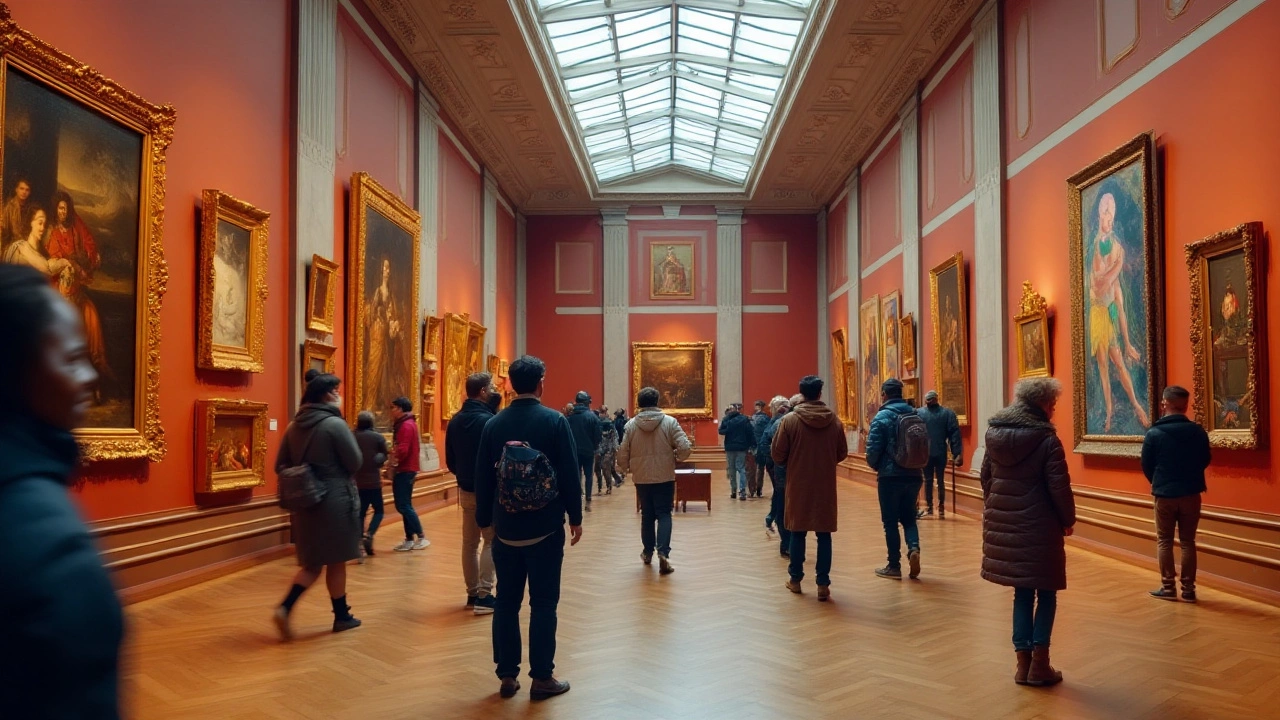Classic Art Essentials: What Makes It Timeless
Classic art isn’t just old stuff in museums. It’s a set of ideas, techniques, and visual language that still influences today’s creators. When you see a portrait with soft lighting or a marble statue with perfect proportion, you’re looking at classic principles that have survived centuries.
Key Features You Can Spot Right Away
First, notice balance. Classic artists loved symmetry and harmony. A painting often has a clear focal point—like a face or a draped figure—placed near the center. Light and shadow are used to model forms, giving depth without extreme contrast. In sculpture, the human body is idealised, showing smooth lines and precise anatomy.
Second, look for realistic detail. Classic painters spent hours mixing pigments to match skin tones or fabric textures. You’ll see careful brushwork in oil layers, often built up from thin glazes to rich, luminous colours. If you’re new to oil, start with a simple wet‑on‑wet technique and let each layer dry before adding more depth.
How to Start Exploring Classic Art
Visit a local gallery or search online for high‑resolution images of famous works. Pause at each piece and ask yourself what draws your eye. Is it the composition, the colour palette, or the way the subject’s eyes seem to follow you? Write down your observations—you’ll begin to recognise patterns.
If you want to try classic techniques yourself, begin with a basic portrait exercise. Sketch a friend’s face using simple shapes: an oval for the head, a line for the eye line, and blocks for the nose and mouth. Then add shading with a charcoal stick or a soft pencil, focusing on gradual transitions.
For sculptors, start with cheap materials like air‑dry clay. Model a basic bust, paying attention to proportion: the eyes sit halfway down the head, the chin aligns with the bottom of the ear. Keep your hands wet to smooth the surface, mimicking the polished look of marble.
Don’t forget colour theory. Classic painters often used a limited palette—think earth tones, warm reds, and muted blues. Mix a few primary colours with white and black to create a cohesive range. This restraint helps the composition stay balanced and prevents the piece from looking chaotic.
Finally, learn a bit of art history. Knowing that the Renaissance revived classical ideals, or that the Baroque added drama, gives context to what you see. Short videos or podcasts can fit into a coffee break and instantly boost your understanding.
Classic art is a toolbox you can pull from anytime. Whether you’re painting a portrait, sculpting a figure, or simply appreciating a museum piece, the core ideas stay the same: balance, realistic detail, and thoughtful use of colour. Keep exploring, keep practicing, and you’ll see how these timeless principles still shape modern creativity.

10 Oct 2024
Exploring the distinction between classic and contemporary art styles reveals an insightful journey through time and creativity. Classic art often invokes traditional techniques and themes, whereas contemporary style embraces innovation and the evolution of thought. This article delves into the defining characteristics of each style, their historical contexts, and how they continue to influence the art world today. Tips for appreciating and identifying these styles are also shared, enriching one’s art appreciation journey.
Continue reading...
